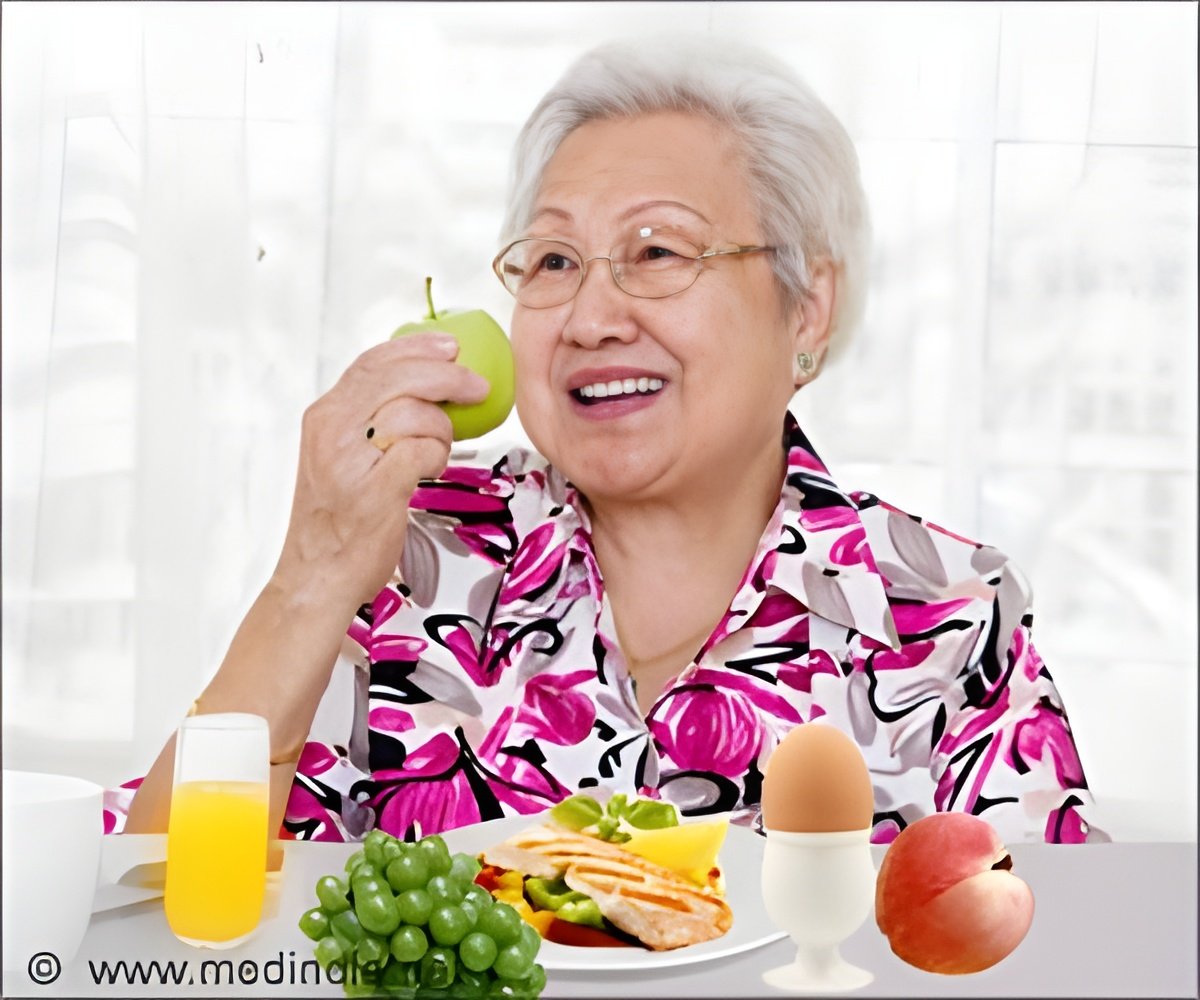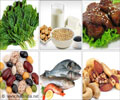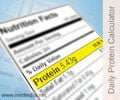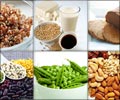Contrary to popular belief of decreasing protein intake as you grow older, new research advocates increasing protein intake for the elderly.

Frailty is a condition commonly seen in elderly and is characterized by slowness, weakness, exhaustion, low physical activity, and unintentional weight loss. People with frailty have higher risks of subsequent disability, falls, hospitalization, and death than those without frailty, so it is important to prevent this condition.
Sarcopenia, or the age-related loss of muscle mass and strength, is said to be the main cause of frailty. And inadequate protein intake has been associated with a loss of body muscle mass. In other words, low protein intake is the cause of sarcopenia. So, adequate protein intake is required to limit the gradual body protein loss in the elderly, especially older women who are more prone to frailty.
It was known for some time that protein is inversely associated with frailty. But the question is what type of protein is beneficial – animal or plant? Which amino acids (units of protein) are useful in fighting frailty? Researchers from the University of Tokyo, Japan, studied the diet history and amino acid composition of the consumed protein of 2108 elderly women aged 65 and above, to examine the association of protein and amino acid intakes with frailty among elderly Japanese women.
The researchers found that total protein intake could significantly limit frailty in these women, regardless of whether it was animal protein or plant protein, and regardless of the amino acid composition of the protein.
Protein Requirement for Different Age Groups
The study had been done to understand the link between protein consumption and frailty in older women, but the fact that protein is essential in all phases of life and equally in men, women and children is uncontested.
| Age Groups | Daily Protein requirement |
| Children [1 – 3 years old] | 13 g |
| Children [4 – 8 years old] | 19 g |
| Children [9 – 13 years old] | 34 g |
| Women 14 – 70 years and above | 46 g |
| Boys [14 – 18 years old] | 52 g |
| Men [19 – 70 years and above] | 56 g |
In general, 10 to 35 percent of your calories must come from proteins.
Protein-rich Foods
Here's a list of some protein-rich foods-
• Meats such as poultry, turkey, duck, rabbit, beef, pork, lamb, sausage, ham, liver, and kidney
• Fish (cooked, breaded, smoked or canned) and shellfish such as crabs, oysters, prawns, shrimps, mussels, and squid
• Eggs
• Dairy products such as milk, hard cheese, soft cheese, yogurt
Starchy foods such as bread, rusks, breakfast cereals, pizza, biscuits, and some fruits and vegetables too contain some protein but they are not considered protein-rich foods.
For example, a cup of cooked brown rice can give you just 5g of protein that does not have all the essential amino acids, whereas a 3-ounce piece of meat gives 21g of high quality protein and a cup of dry beans contains 16g of protein. Most plant protein foods such as beans too are deficient in some or the other amino acids, so they are not considered high-quality protein.
A smart, healthy diet, that includes a variety of wholesome foods, is the best and safest way to fulfill your body's needs for protein.
References:
1. http://www.nutritionj.com/content/12/1/164#
2. http://www.cdc.gov/nutrition/everyone/basics/protein.html
Source-Medindia













